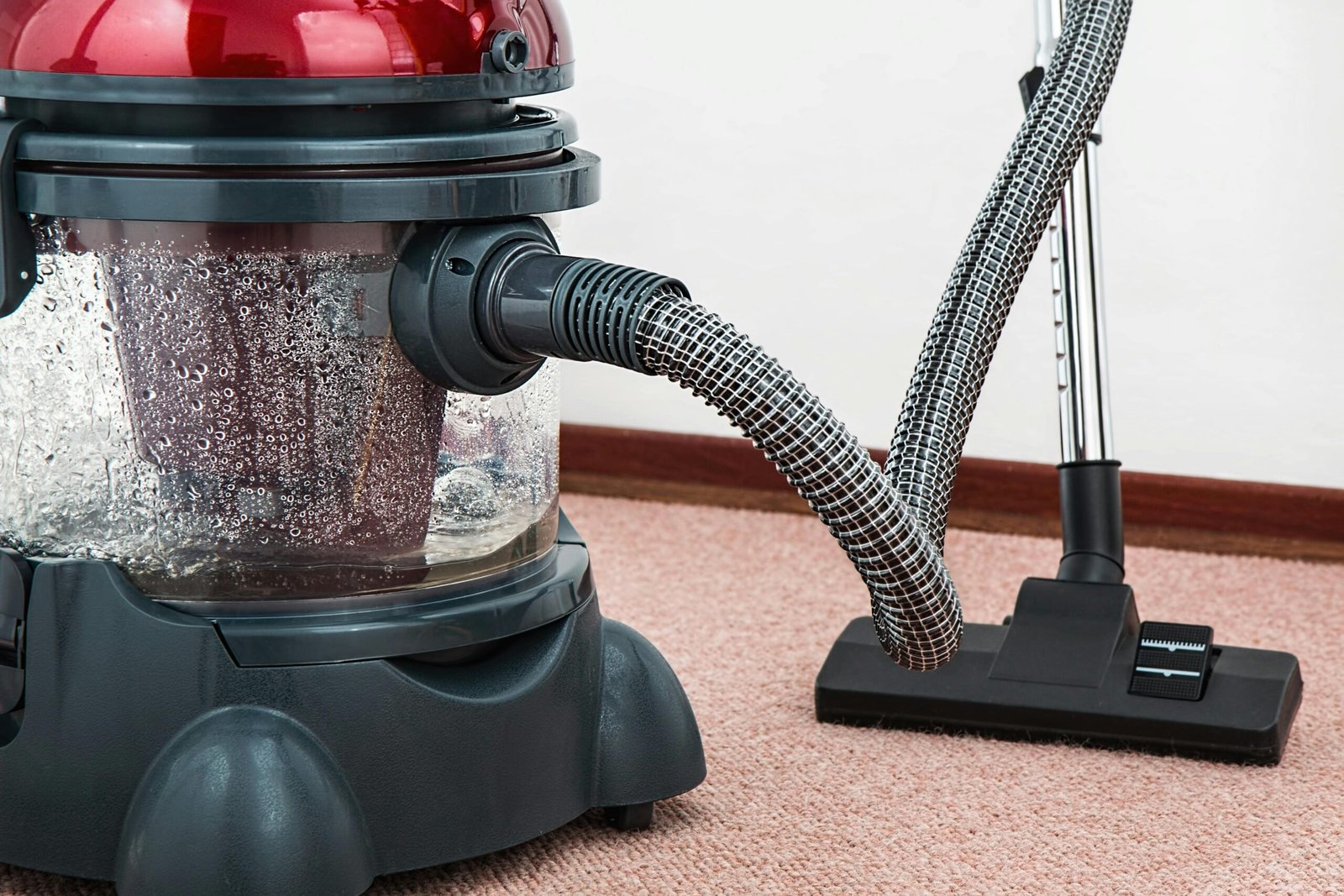Carpets not only enhance the aesthetic appeal of a room but also provide comfort underfoot. However, maintaining their cleanliness requires understanding the specific care each carpet fiber demands. This comprehensive guide delves into the cleaning methods suitable for various carpet materials, ensuring longevity and preserving their appearance.
🧼 General Carpet Cleaning Tips
Before diving into specific fibers, here are some universal carpet cleaning practices:
- Regular Vacuuming: Vacuum carpets at least once a week to remove dirt and prevent soil buildup.
- Immediate Stain Treatment: Address spills promptly by blotting (not rubbing) with a clean cloth to prevent stains from setting.
- Avoid Over-Wetting: Excess moisture can damage carpet fibers and lead to mold growth. Always ensure carpets dry thoroughly after cleaning.
- Test Cleaning Solutions: Before applying any cleaning solution, test it on a small, inconspicuous area to ensure it doesn’t cause discoloration or damage.
🧶 Wool Carpets
Characteristics: Wool is a natural fiber known for its softness and durability.
Cleaning Tips:
- Vacuuming: Use a vacuum with a gentle brush to avoid damaging the fibers.
- Spot Cleaning: Blot spills immediately with a clean, damp cloth. Avoid scrubbing, as it can damage the fibers.
- Deep Cleaning: Professional cleaning is recommended annually to maintain its appearance and longevity.
- Drying: After cleaning, allow the carpet to air dry completely to prevent mold growth.
🧵 Nylon Carpets
Characteristics: Nylon is a synthetic fiber known for its resilience and stain resistance.
Cleaning Tips:
- Vacuuming: Regular vacuuming helps in removing dirt and preventing soil buildup.
- Spot Cleaning: Blot stains with a clean cloth and use a mild detergent solution for cleaning.
- Deep Cleaning: Hot water extraction or steam cleaning is effective for deep cleaning.
- Drying: Ensure the carpet dries completely to prevent mold and mildew.
🧶 Polyester Carpets
Characteristics: Polyester is a synthetic fiber known for its vibrant colors and stain resistance.
Cleaning Tips:
- Vacuuming: Regular vacuuming helps in maintaining the carpet’s appearance.
- Spot Cleaning: Use a mild detergent solution to treat stains.
- Deep Cleaning: Hot water extraction is suitable for deep cleaning polyester carpets.
- Drying: Ensure proper ventilation to facilitate drying and prevent odors.
🧵 Olefin (Polypropylene) Carpets
Characteristics: Olefin is a synthetic fiber known for its moisture resistance and durability.
Cleaning Tips:
- Vacuuming: Regular vacuuming is essential to remove dirt and prevent soil buildup.
- Spot Cleaning: Blot spills immediately and use a mild detergent solution for cleaning.
- Deep Cleaning: Avoid hot water extraction as it can damage the fibers. Opt for low-moisture cleaning methods.
- Drying: Ensure the carpet dries completely to prevent mold growth.
🧶 Acrylic Carpets
Characteristics: Acrylic is a synthetic fiber that resembles wool in appearance and texture.
Cleaning Tips:
- Vacuuming: Regular vacuuming helps in maintaining the carpet’s appearance.
- Spot Cleaning: Use a mild detergent solution to treat stains.
- Deep Cleaning: Hot water extraction is suitable for deep cleaning acrylic carpets.
- Drying: Ensure proper ventilation to facilitate drying and prevent odors.
🧵 Berber Carpets
Characteristics: Berber carpets are characterized by their looped pile and can be made from various fibers like wool, nylon, or olefin.
Cleaning Tips:
- Vacuuming: Use a vacuum with a gentle brush to avoid damaging the loops.
- Spot Cleaning: Blot spills immediately and use a mild detergent solution for cleaning.
- Deep Cleaning: Professional cleaning is recommended to maintain the carpet’s appearance.
- Drying: Ensure the carpet dries completely to prevent mold and mildew.
🧶 Natural Fiber Carpets (Sisal, Jute, Seagrass)
Characteristics: These carpets are made from natural plant fibers and are eco-friendly.
Cleaning Tips:
- Vacuuming: Use a vacuum with a brushless attachment to prevent damage.
- Spot Cleaning: Use a dry cleaning method or a mild detergent solution for stains.
- Deep Cleaning: Avoid excessive moisture as it can damage the fibers.
- Drying: Allow the carpet to air dry completely to prevent mold growth.
🧼 Conclusion
Understanding the specific cleaning requirements of different carpet fibers is crucial for maintaining their appearance and longevity. Regular maintenance, prompt stain treatment, and appropriate cleaning methods tailored to each fiber type will ensure your carpets remain in excellent condition for years to come. Always refer to the manufacturer’s care instructions and consider professional cleaning services when necessary to preserve the beauty and durability of your carpets.
